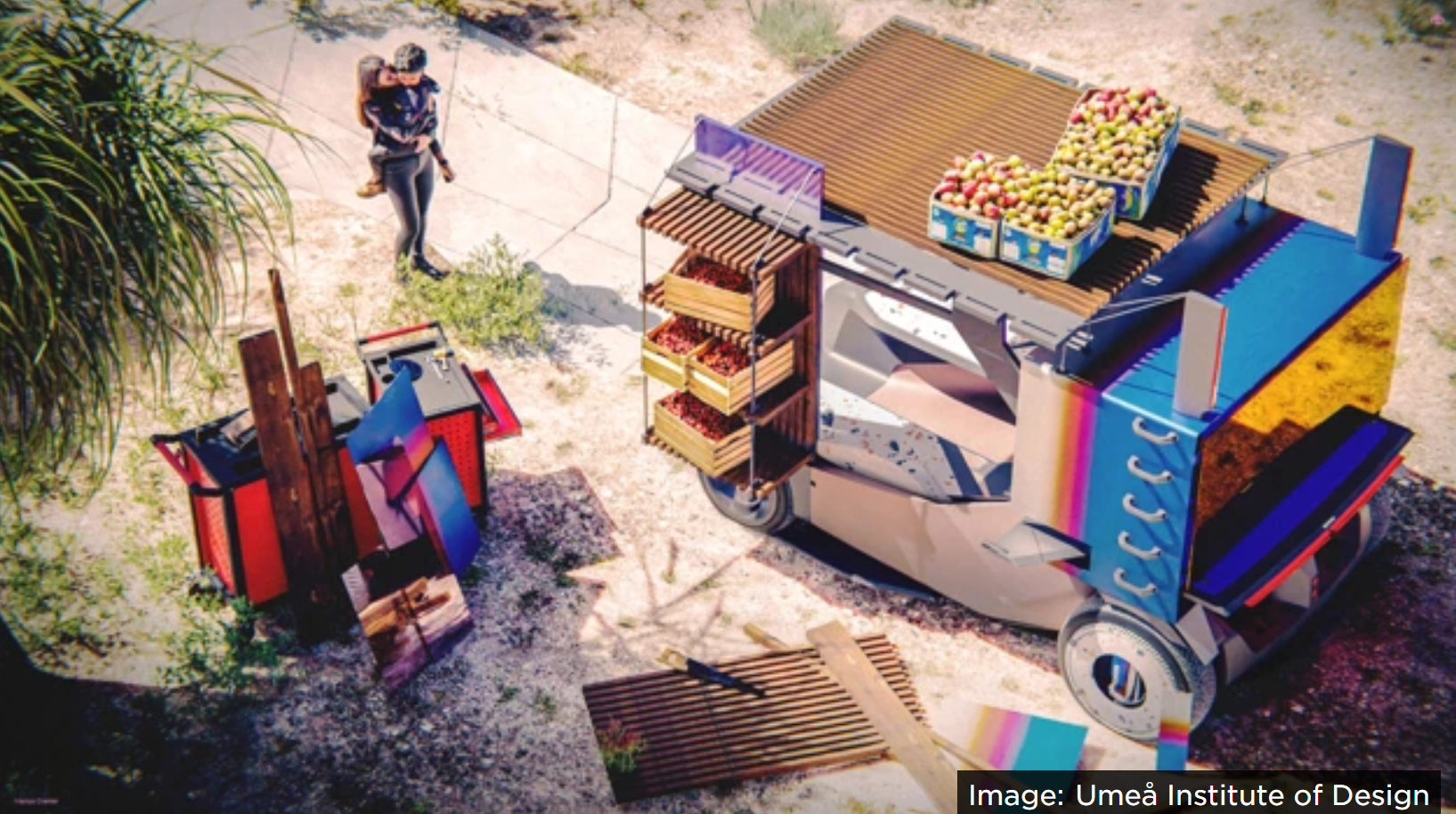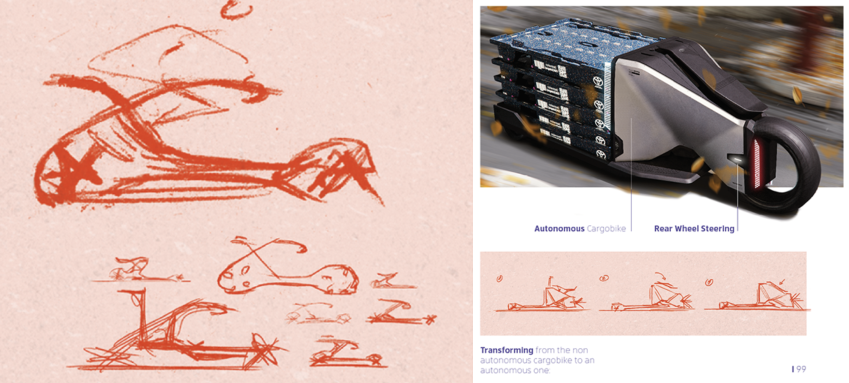


I'm imagining how people will live then
TEXT BY LARS NORÉN
No, Marius Cramer does not hail from Regensburg. I’d got the spelling of his surname wrong, when I did a foray on the net. So, though it’s not Kramer, but Cramer, he is nevertheless German. And, said he comes from the Ruhr Gebiet, I believe.

Marius told me he studied automotive design in Phorzheim, near Stuttgart. And later, having always wanted to go abroad, he thought the high-ranking Umeå Studio of Design, in Sweden, would serve him well. It did, apparently. As did the great outdoors up there, in northern Sweden.
From Pforzheim to Umeå to Nice, and back again.
Right from the start – and this he shares with any number of young boys – Marius wanted to design cars. And in between Pforzheim and Umeå, Marius managed to get in quite a few practice stints, too. Twice at Ford, starting at the tender age of 14. But he’s also worked for both Audi and Toyota ED², where none other than chief designer Laurent Bouzige took him under his wing. At ED² people are very nice, he assured me. They’re also very sporty and tend to skip lunch to play some sport or other, he said, laughing. Marius loves it down there, close to Nice, ”where you’ve got both mountains and the Mediterranean”.
Marius told me that his ED² internship is counted towards his master degree, which he’s doing at Umeå. His thesis is entitled ”Imagine the World in 2037”, which is as futuristic a project as one could imagine. ”It’s got a science fiction dimension, and I’m imagining how people will live then,” explained Marius. He predicts people’s lives will be more community-based, and where they’ll also share more. ”For them I want to design a vehicle, which stands for that [imagined] movement.”

Toyota Eco Warrior 2037
That young man has a lot on his plate.
When Marius told me about the scope of his sci-fi project, it made me think of the arduous task of writing a novel. Or making a film, even. Marius chuckled at the enormity of his undertaking. To get a grip on the project, he told me, lots of research had to be done, ”and [then] combine all that with climate change, and the way society will move forward”. I wanted to know if he felt people at ED² could get their heads round Marius’s ambitious project, his thesis. ”Yes, I feel everybody can participate and people come around and look at the project.” He gets a lot of feedback, ”sometimes even too much”, he said, smiling. As with most of my interviews I had to ask Marius whether he thought the concept, the idea behind a certain design was more important than the actual execution. It took him a second or two to respond to my question. But then, he said, and to me it felt well thought-through: ”Both!”. And by way of explaining, Marius talked about the dynamic between the two. You have an idea, and then you start sketching. Which, when you see it on paper, takes you right back to your original concept… and you may just alter it, he said.
This is what made Marius Cramer participate in the 2022 TLDC.
”Yeah, I’d had this idea for a while, talked to my professor, and felt I wanted to [participate]”, he said. This was the 2022 TLDC Urban Logistics competition. And Marius Cramer won the Ian Cartibiano’s Special Mention Award for his e-Cargo Bike. The concept is an urban logistics solution, optimised for Euro Pallets. The idea is that everywhere in a city should/could be reached within 15 minutes – either on foot or cycling.

The e-Cargo Bike from 2022 TLDC
Marius receiving Ian Cartibiano’s Special Mention award
